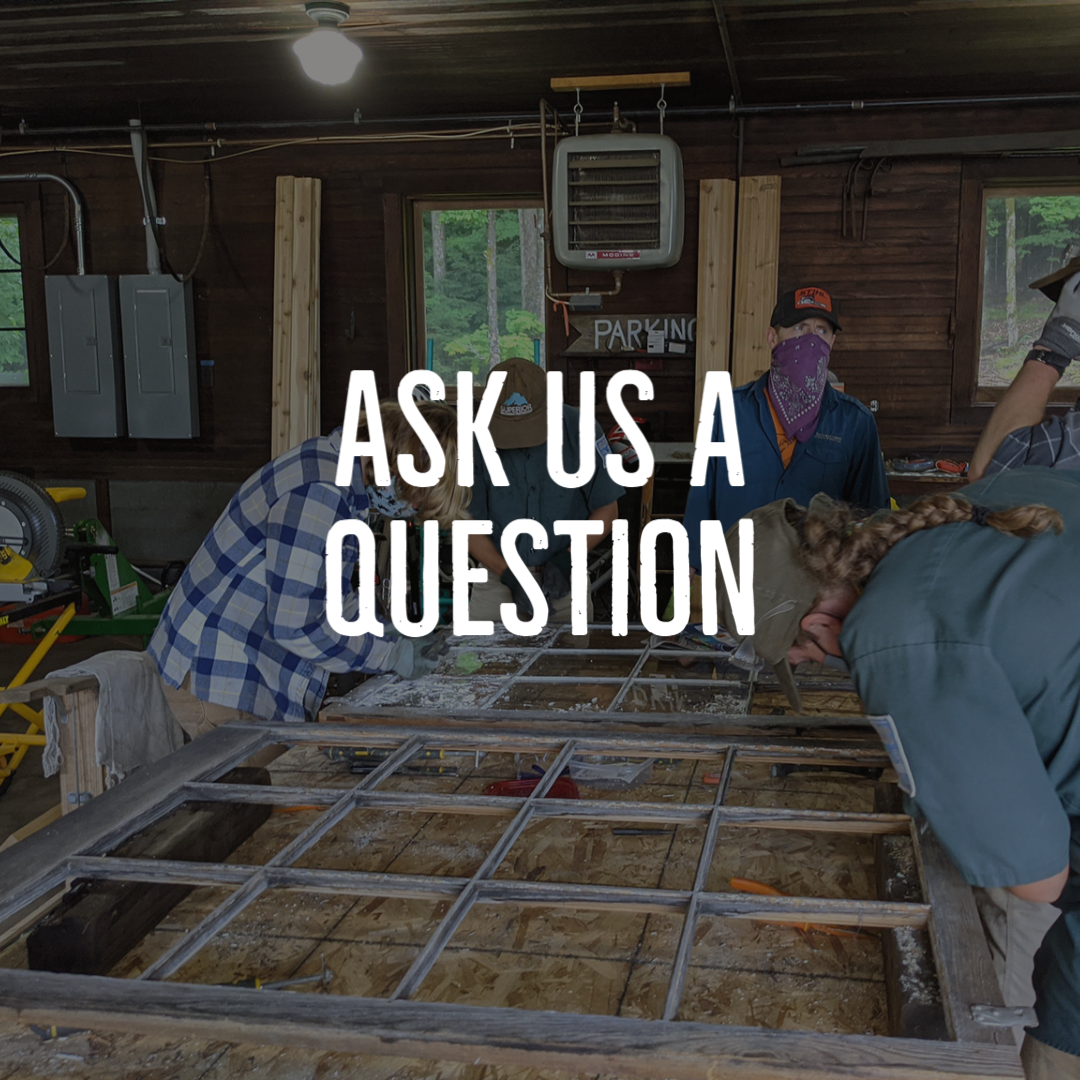Welcome Volunteers!
Instructions for Registering For Projects
STEP 1: Scroll through our list of projects. Click any of the photos or titles associated with the project to access its page. Read carefully about the dates, location, scope of work, degree of difficulty, vehicle requirements, and camping logistics.
STEP 2: If you are interested in volunteering, click the link that says “CLICK HERE TO REGISTER!” You will be re-directed to the project’s registration form. (If you are re-directed to a HistoriClub Early Access Page, this means the project is locked until the advanced access window for HistoriClub members is complete. If you would like advanced access to projects you can join HistoriClub.)
STEP 3: If you are a new volunteer, please fill out the required information on pages 1 and 2 of the registration form. (This will be standard for every registration form.) Returning volunteers will have the option to update their personal information and project preferences or skip ahead to registering for the project if no changes are desired.
STEP 4: Submit the form and look for a confirmation email of your submission. Next, sit tight! We’ll email you if you are accepted to the project!
HAVING DIFFICULTIES REGISTERING?: Contact us at volunteer@historicorps.org
VOLUNTEER OPPORTUNITIES

Located on land historically inhabited by the Kickapoo, Osage, Caddo, O-ga-xpa, and Ohéthi Šakówi Nations, Lake Wedington hosted Civilian Conservation Corps crews that constructed cabins and other recreational buildings for public use. These CCC-built resources are overdue for some HistoriCorps TLC. According to recreation.gov, “Lake Wedington beckons all visitor types, from those who come to relax and fish all day, those who come to speed along on bike paths or cruise on a boat, and those who want to stay in a cabin as a lakeside home away from home offering luxuries including electricity.” HistoriCorps is excited to return to Lake Wedington Recreation Area following last years successful restoration of several of the cabins. This year we’re headed back to complete the job and each volunteer session will only have a handful of spots available, so act fast! We hope you’ll join us as we taper out our 2024 season in the Ozarks and look forward to preserving the Lake Wedington Cabins with you!
Tents, truck-campers, campervans, along with trailers and RVs up to 25 feet will have access to our campground. Please be sure that if you are bringing a trailer, your tow vehicle and trailer equal no more than a combined 25 feet in length. Dogs are welcomed at this project!

The beautiful man-made arches of the Golden Gate Bridge form a striking contrast with the soaring rugged peak of Mount Tamalpais, a beloved part of the San Francisco landscape. Mount Tamalpais State Park is home to the historic Steep Ravine Cabins, which provide campers with an unparalleled view of the Marin Coast. The cabins are one of the most popular (and hardest to reserve) camping areas in the California State Parks system; HistoriCorps volunteers will have the very unique opportunity to restore these beloved cabins. The Steep Ravine Cabins were built in 1938 by California congressman William Kent, who also donated the land which is now Muir Woods, as part of a plan to create a railways system through the area
Tents are preferred by our partner and limited space is available for truck-campers and campervans at our campground. There are no showers and dogs aren’t allowed.

With quaint and unassuming beauty, the Dalton Lake Pavilion rests within the rugged landscape of South Dakota’s Black Hills. The Dalton Lake Campground, a humble but welcoming camping area, was constructed between 1935-1936 by Civilian Conservation Corps (CCC) enrollees from Camp Este in Nemo, SD. In addition to creating recreational campsites in Dalton Lake Campground, the CCC also built several footbridges, the dam and reservoir (i.e. Dalton Lake), and the Dalton Lake Pavilion. There were also a handful of other CCC projects which are no longer extant, including a well and well house, a changing house, and even a three-level ski jump with a nearby warming hut. In its nearly 90-year lifetime, the Dalton Lake Campground has withstood many trials. Most notably, the campground was severely affected by floods in 1972, which largely destroyed the original CCC-era dam.
Tents, truck-campers, campervans, trailers and RVs 25ft and under will have access to our campground. There is an unlimited amount of dispersed camping around the compound. Showers will not be available and dogs are allowed but must be leashed.




